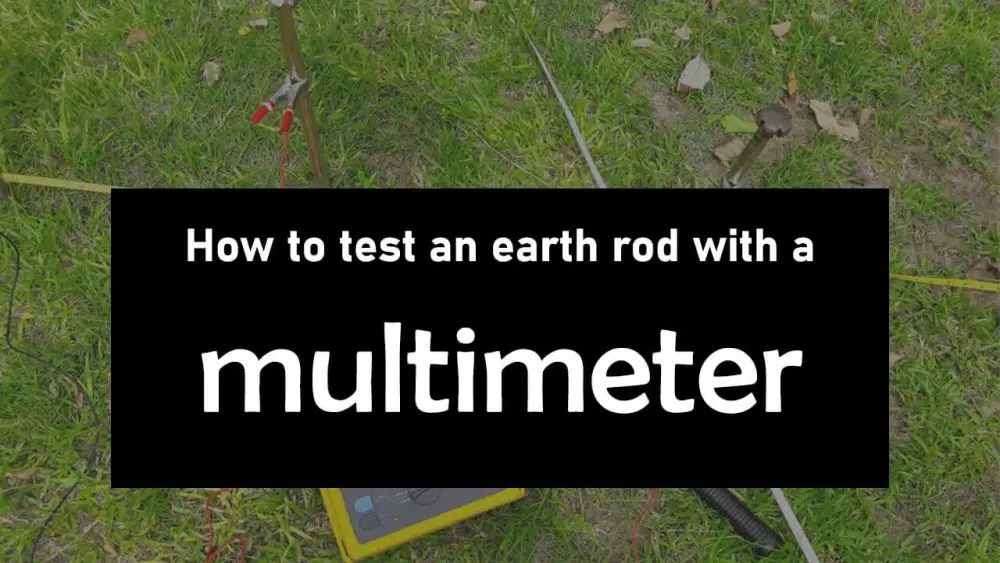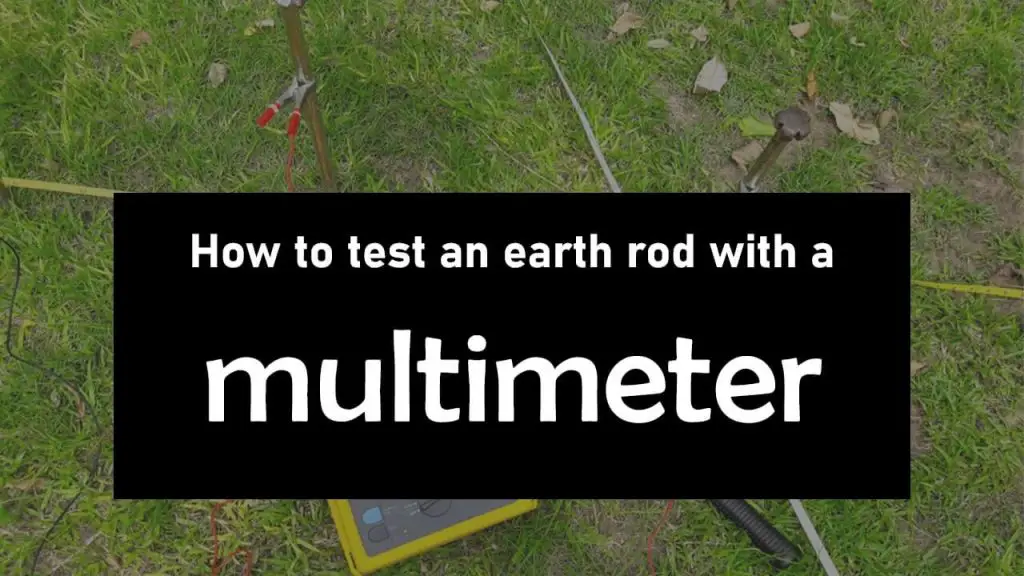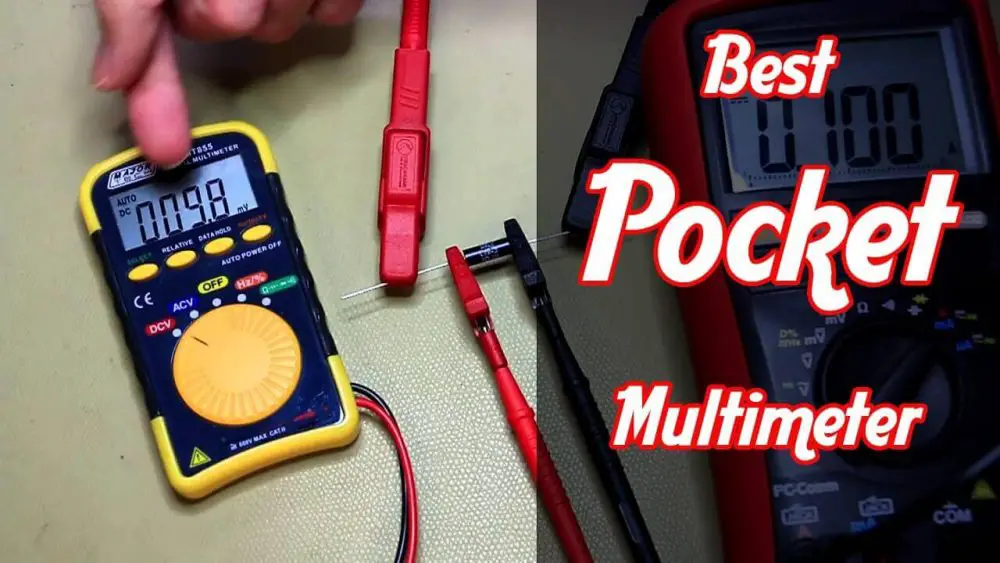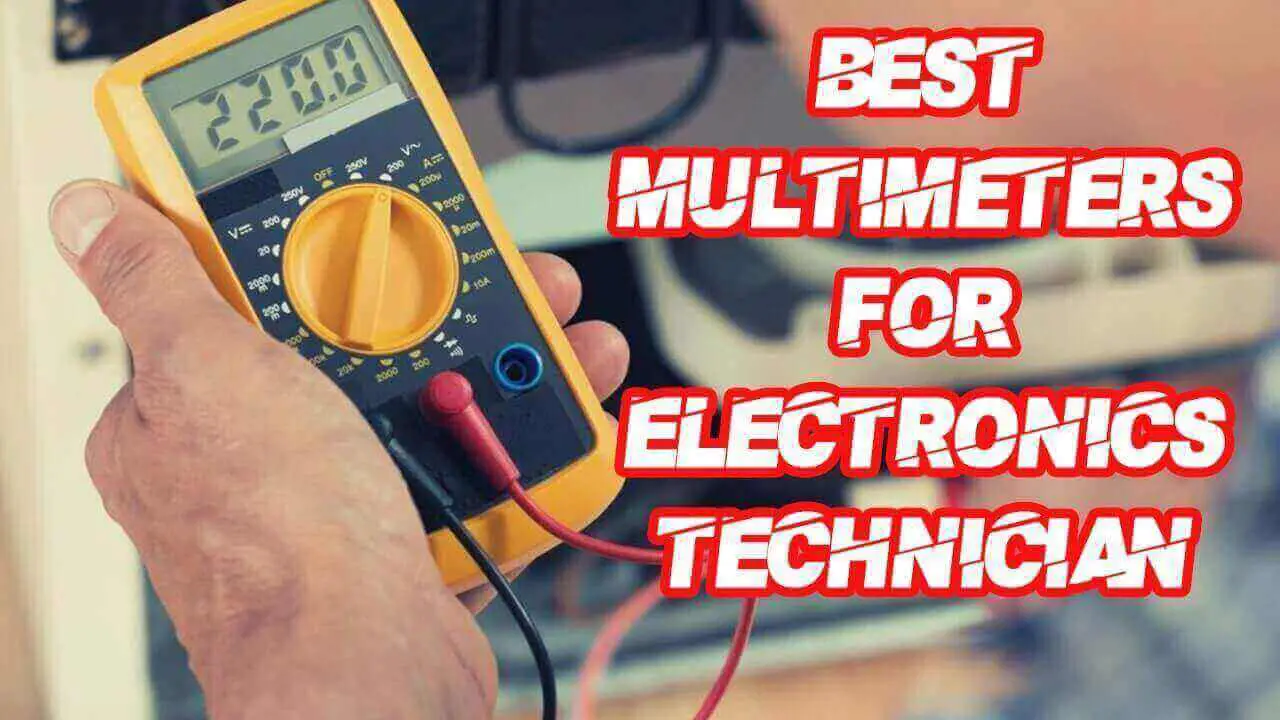How to test an earth rod with a multimeter?
A ground rod is an integral part of an electrical system. It is a very beneficial system that allows uncontrolled electricity to move to the ground instead of producing fire or damaging a building. When you are required to install a ground rod, you need to ensure that electricity will quickly move through it into the earth—the resistance to the flow of electricity measured by a ground meter in ohms. The lower the resistance ohms in a multimeter, the better the grounding system has, protecting you from any damage.
Table of Contents
External Impedance Test
The first method is to do the external impedance test by using a two-wire deal between the earth electrode and the actual supply to the building. And this is by far the easiest, and hence it is the most common method. However, the problem with this, it does require that main power is available. But without this, you can not do this. So you need an installation that has power available. However, in this case, that power is not available.
Suppose there was a new installation power that is not yet connected. Then the alternative method is to use an actual-earth electrode tester, which does not require any main power. It is battery-operated, and this can be done without those mains power available or not. Indeed, we have just installed an earth wall or, the actual electricity, not yet connected; this is pretty much the only choice you have. This process takes considerably longer, and you required plenty of multifunction testers or types of equipment to build this.
Checking Earth Rod with a Multimeter
Switch the multimeter dial selector to measure AC voltage as you know that multimeters can do various electrical measurements for voltage, current, and resistance. Turn the dial to the letter “V” with wavy lines for AC power in an analog meter. When using a digital multimeter, turn the dial selector until you reach AC voltage. Choose the highest value for the voltage on the meter so you can get an accurate reading.
Switch the multimeter dial selector to measure AC voltage as you know that multimeters can do various electrical measurements for voltage, current, and resistance. Turn the dial to the letter “V” with wavy lines for AC power in an analog meter. When using a digital multimeter, turn the dial selector until you reach AC voltage. Choose the highest value for the voltage on the meter so you can get an accurate reading.
Place the red and black probes into the respective ports on the multimeter. the red probe connects to the port labelled; “V”, or “Ω,” or “+” and plug the black lead into the port labelled “COM” or “-” so you can test your outlet.
First reading (Live to Neutral)
Now start taking a reading while the probes are in the alive and neutral port of an outlet. Place the end of the red probe in the neutral port in the outlet, it is the smaller slot in the outlet socket. Then place the end of the black probe into the alive port, It is the bigger slot in the outlet. Now check the voltage reading on the multimeter and save it. This is your first reading.
Second Reading (Live to Earth)
Start Checking the voltage when the multimeter leads are inserted into the live and earthing ports. Now Take out the red lead from the neutral port, carefully place the lead inside the earthing port, it is usually a circular shaped hole on the top or bottom of the outlet. Start Checking the reading on the multimeter to see the voltage measurements. Save the readings to compare. This is your second reading.
- If you already have home earthing, then your reading would be the same, or with a difference of 5 volts only, against the reading you took it previously.
- In addition, the reading between both the live and earthing ports should be or close to 0. this shows you do not have any earthing in your house outlet.
- If your outlet does not have an earthing port, That means it is not connected and it does not have to be earth.
Third Reading (Neutral to Earth)
Now calculate the total leakage on your outlet to check if it is less than 2 V. The leakage is the total number of volts that transfer from your earthing port to the outlet. Now subtract the first reading you have taken from (live to neutral) ports from the second reading(live to earthing).
After subtracting that, now add the number of volts from your third reading that is (neutral to earthing). Suppose the number is greater than 2 V, then your earthing is faulty. Otherwise, the outlet is safe to use.
For example,
Suppose your first reading was 230 V,
The second reading was 231 V,
The third reading was 0.5 V,
The formula would be (231-230) + 0.5 = 1.5 V.
That means the earthing is perfect because it is less than 2.0 V.
Frequently Asked Questions
Our feet are the best part of our body to conduct electricity; it is best to do earthing with bare feet. However, if you wear socks, try to have some skin—bare legs or any other body part—to touch the earthing mat or sheet.
Earthing is effective at diverting low Electric and magnetic fields of 100,000 Hertz or more lesser. It can protect you from Electromagnetic fields from A/C electrical wiring and most household appliances. Unfortunately, no research is on earthing and mobile phones or other higher frequency Electromagnetic fields like wi-fi and smart meters.
Conclusion
The earth rod is the protective measure for human safety, for consistent and long term protection. The article is about how to test an earth rod with a multimeter. We may try it with the old traditional method used in rural areas, the earth electrode tester, or with the help of a clamp meter. Hence, we have used a multimeter to test the voltage, resistance, impedance, or leakage by checking the outlet’s live, neutral, and earth port. We took three sets of readings; first reading live to neutral. The second reading is live to earth, and the third reading is neutral to ground. We will add and subtract the reading according to our formula, mentioned above and we would have the answer below 2.00 volts for a perfect earthing. If your answer is above two, it means it requires further investigation for ground rod troubleshooting.
Related posts:
Best Inexpensive Multimeter 2021





![10 Best multimeter for the money – Top Picks & Reviews [2022] best multimeter for the money](https://multimetertools.com/wp-content/uploads/2021/03/best-multimeter-for-the-money-1-1-1-1-1-1.jpg)
